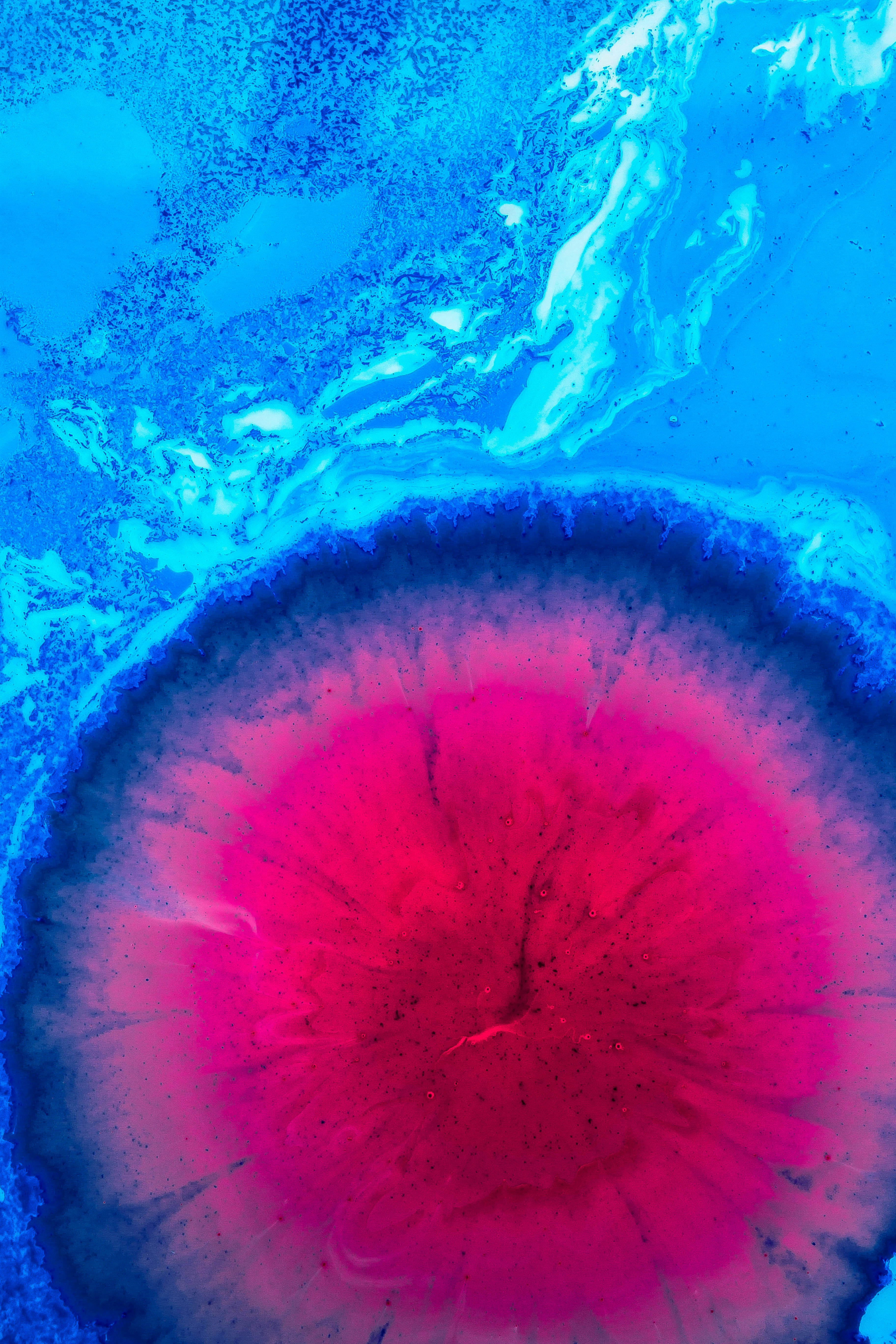
Eight quick tips for better color photography
2025-04-16



Eight Quick Tips for Better Color Photography
Color plays a vital role in photography – it can evoke emotions, set the mood, and make your images more visually appealing. Whether you are a beginner or a seasoned photographer, mastering the use of color in your images can take your photography to the next level. In this blog post, we will share eight quick tips to help you improve your color photography skills.
Introduction
Color photography is all about capturing the right hues and tones to create striking and impactful images. Understanding the fundamentals of color theory and how to apply them in your photography can make a significant difference in the quality of your work. By following these simple tips, you can enhance the colors in your photographs and create stunning visual compositions.
Practical Tips
1. Use the Color Wheel
The color wheel is a useful tool for understanding how different colors work together. By familiarizing yourself with the color wheel, you can create harmonious color schemes in your images. Experiment with complementary colors (colors opposite each other on the color wheel) or analogous colors (colors next to each other on the color wheel) to add depth and interest to your photographs.

2. Pay Attention to Light
Lighting plays a crucial role in how colors appear in your photographs. Different lighting conditions can affect the intensity and warmth of colors. Experiment with natural light, artificial light, and different times of day to see how it impacts the colors in your images. Soft, diffused light can enhance pastel colors, while harsh, direct light can intensify bold hues.
3. Shoot in RAW
Shooting in RAW format gives you more flexibility when it comes to editing and adjusting colors in post-processing. RAW files contain more color information than JPEG files, allowing you to make more precise color corrections without losing image quality. Take advantage of the editing capabilities of RAW files to fine-tune the colors in your photographs.
4. Use Color Filters
Color filters can help you enhance or alter the colors in your images. Experiment with different filters to achieve specific effects, such as warming up cool tones with a red filter or cooling down warm tones with a blue filter. You can also use color filters in post-processing software to achieve the desired color balance in your photographs.
5. Pay Attention to Composition
Composition plays a significant role in how colors interact in your photographs. Pay attention to how different colors are positioned within the frame and how they balance each other. Use color to create focal points, leading lines, and visual interest in your compositions. Experiment with different angles and perspectives to find the most visually appealing color combinations.
6. Adjust White Balance
White balance is essential for accurately reproducing colors in your photographs. Different light sources have different color temperatures, which can affect the overall color cast of your images. Adjusting the white balance settings in your camera or post-processing software can help you achieve more accurate and natural-looking colors in your photographs.
7. Experiment with Color Grading
Color grading is the process of enhancing or altering the colors in your images to create a specific look or mood. Experiment with different color grading techniques, such as split toning, cross-processing, or selective color adjustments, to add a creative touch to your photographs. Use color grading to enhance the mood of your images and evoke specific emotions in your viewers.
8. Practice, Practice, Practice
Like any other skill, mastering color photography takes time and practice. Experiment with different color combinations, lighting conditions, and editing techniques to develop your own unique style and vision. Take the time to study the work of other photographers and artists to gain inspiration and insight into how color can be used effectively in photography. The more you practice, the more confident and skilled you will become in capturing stunning color photographs.
Conclusion
Mastering color photography is a rewarding journey that can elevate your images to new heights. By following these eight quick tips, you can improve your color photography skills and create visually stunning photographs that captivate and inspire. Remember to experiment, be creative, and have fun with color – it is a powerful tool that can transform your photography and leave a lasting impression on your viewers. Start incorporating these tips into your photography practice and watch your color photographs come to life with vibrancy and depth. Happy shooting!